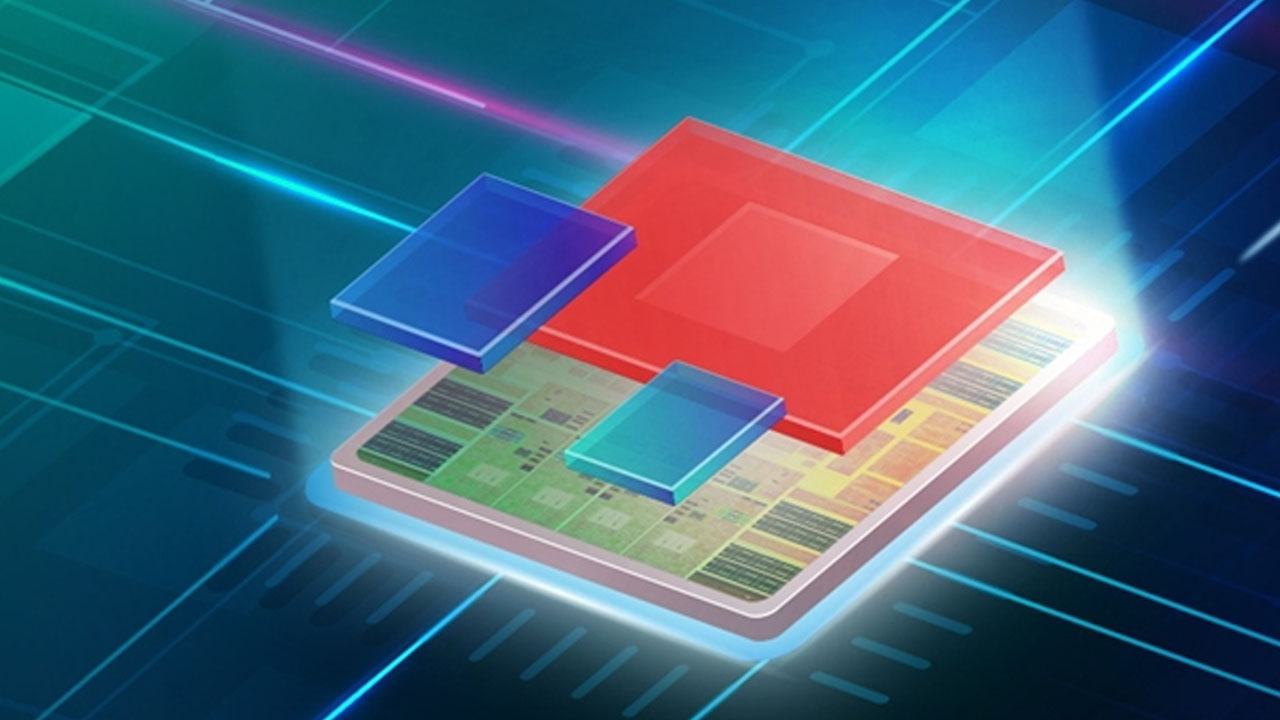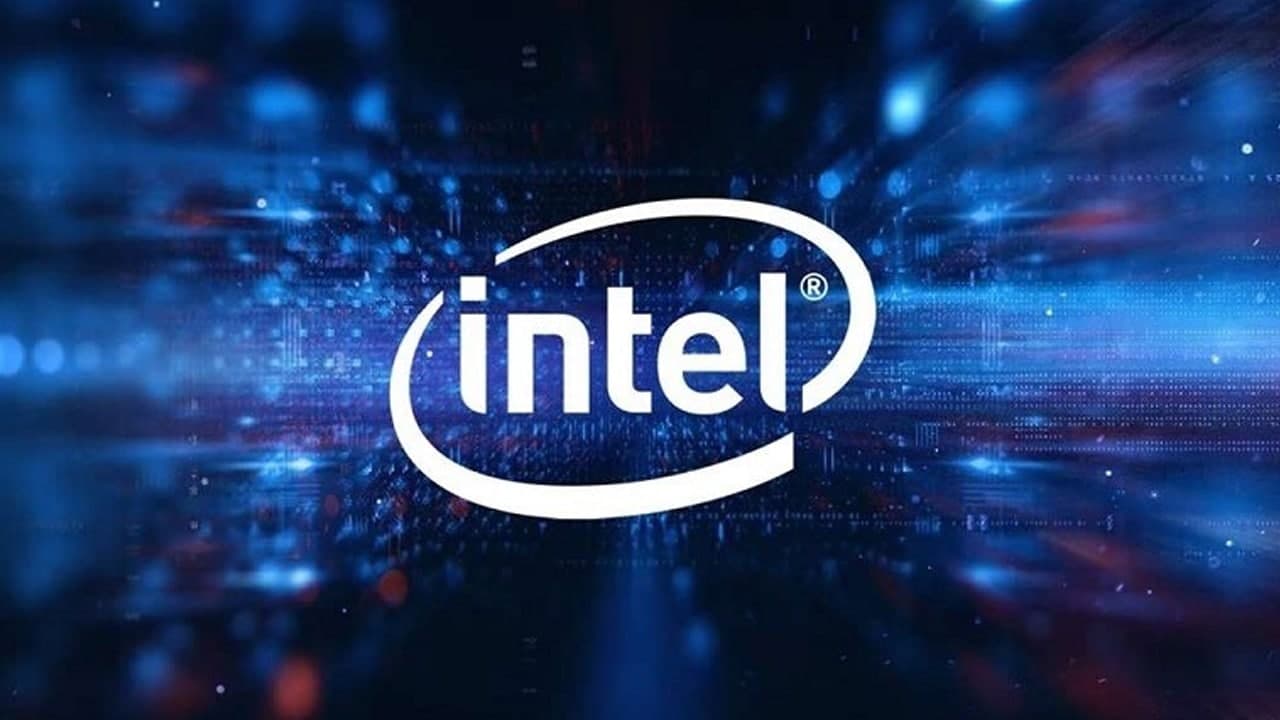Recently, Intel’s new CEO Kissinger declared the company’s new strategy and released the IDM 2.0 plan. Not only will it build a US$ 20 billion wafer fab, adhere to the self-produced 7nm process, but will also return to the foundry market and start talking with TSMC and Samsung.
This is not the first time Intel has done foundry. Previously, at the 22nm and 14nm nodes, they have done foundry for some customers, including Altera’s FPGA chips, but the scale is small and the share can be ignored compared with TSMC.
Finally, in 2020 Abandoned the foundry business at the beginning of the year, but I did not expect Intel to come back a year later. For foundries, Intel will set up an IFS wafer service department, and it has also received support from many semiconductor partners, including the two major EDA giants in the United States.

The Dutch ASML lithography device company, etc., RISC-V open-source processor leader SiFive also announced its cooperation with Intel. Moreover, Intel’s foundry business still has many difficulties.
Additionally, to process technology, value, and customer choice, how to compete with companies such as TSMC and Samsung is also a problem. They have served in this field for many years, and the cost is also low.
Intel’s entry into the foundry market is recognized as the most likely threat to the foundry industry in Taiwan. However, Intel’s potential opponents do not seem to worry about Intel grabbing jobs. TSMC has not yet expressed its position, but the director of the smaller power semiconductor company Chang Huang Chongren has expressed his views many times.
In an interview a few days ago, he once again stated that Taiwan-based foundry companies have the most cost advantage in the world, and it is difficult to do OEM production in the United States. It is only a problem with three shifts in 24 hours.
Those who know semiconductor production know that chip-making operates 24 hours a day and cannot be stopped. Therefore, production line employees have to work three shifts, inevitably having to work overtime, and the cost of personnel management is also a problem.

(Via)







